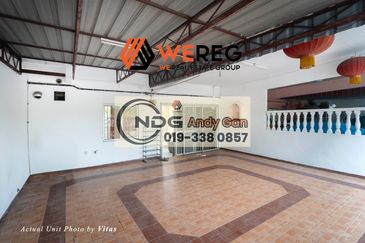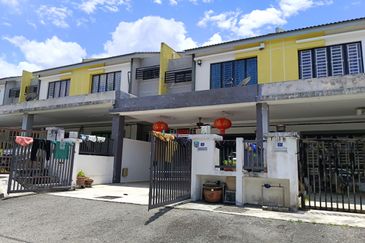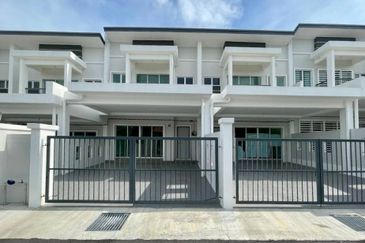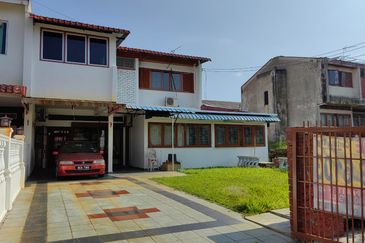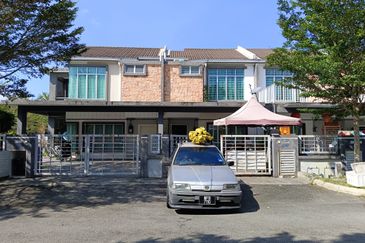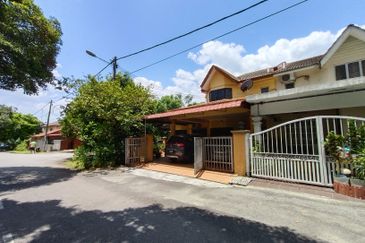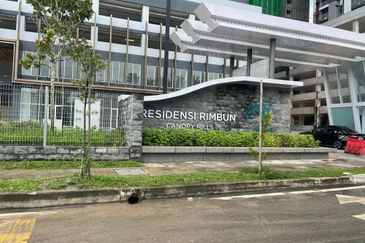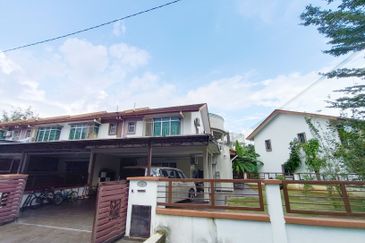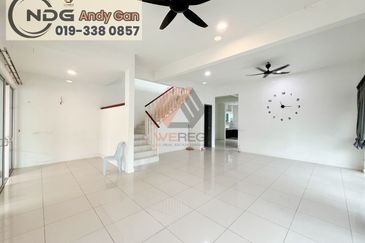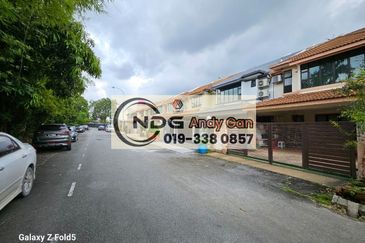 KUALA LUMPUR (Feb 23): Malaysia’s residential property absorption rate has hit a 14-year low, according to Kenanga Investment Bank Bhd head of equity research Sarah Lim.
KUALA LUMPUR (Feb 23): Malaysia’s residential property absorption rate has hit a 14-year low, according to Kenanga Investment Bank Bhd head of equity research Sarah Lim.
“The bottoming effect can be seen. Malaysia’s residential absorption rate is now at a 14-year low while the major states are seeing nine to 10-year lows,” Lim said during her presentation at the 10th Malaysian Property Summit 2017 organised by the Association of Valuers, Property Managers, Estate Agents, and Property Consultants in the Private Sector Malaysia (PEPS) at Sime Darby Convention Centre today.
Kenanga’s data showed that the current overall residential absorption rate is at a new low of 3.5%, compared with the 10-year average of 4.5%. Lim also stressed that all major states are seeing similar trends.
“This is largely due to affordability issues exacerbated by a mismatch of product pricing and tighter banking liquidity in the sector,” Lim said in her presentation entitled “Landed Residential Market Performance and Outlook”.
She explained that the absorption rate calculation is based on transactions divided by the total existing supply and incoming supply. The higher the rate, the better the market is.
Meanwhile, citing Kenanga’s population analysis, she said the incremental population of base demand, such as those who are turning 30 years old or first-time homebuyers, has gone back to pre-2007 levels now.
“This also means that overall residential transactions are similar to pre-2007 levels. If history is going to repeat itself, transactions are likely to start levelling off,” she said.
However, she does not see any major catalyst for recovery yet.
“The sector will need strong economic boosters, such as a commodity rally or sharp increase in foreign direct investment, or easing of banking sector liquidity to the sector or policies that address affordability issues. Nevertheless, we do not see these really happening yet,” Lim explained.

“We also expect Malaysia’s house price index to grow at a low single-digit in 2017. The exception is Selangor because of high urbanisation rates,” Lim shared.
Among all the landed residential property types, Lim also noted that semi-detached/detached homes, especially in the Klang Valley are usually the best performers in the long run — with a capital appreciation per annum of 14% (Kuala Lumpur) compared with 12% for terraced homes at 12%.
“Although it appears that terraced homes may be the best bet for the long run, during bull times, semi-detached/detached homes offer better price appreciation and they are often the best performers,” she noted.
Commenting on the current trend in the landed residential property sector, Lim mentioned that townships seem to be the trend.
“So is buying earlier in a township, a good investment bet? It may appear so but you should take into consideration your holding power because there will be multiple new phases and very low to no yields at the beginning. High capital appreciation occurs only when there is sizeable population mass,” she said.
TOP PICKS BY EDGEPROP
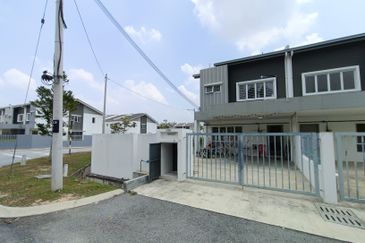
Laman Haris @ Eco Grandeur
Bandar Puncak Alam, Selangor

Camellia Residence, Bandar Tasik Kesuma
Semenyih, Selangor
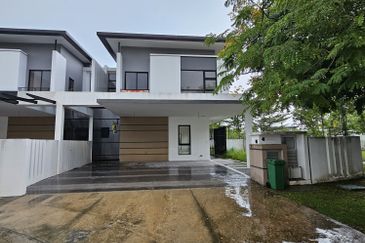
Cheria Residences, Tropicana Aman
Telok Panglima Garang, Selangor

Bandar Botanic Kelang
Bandar Botanic/ Bandar Bukit Tinggi, Selangor

Telok Panglima Garang Industrial Zone
Telok Panglima Garang, Selangor

